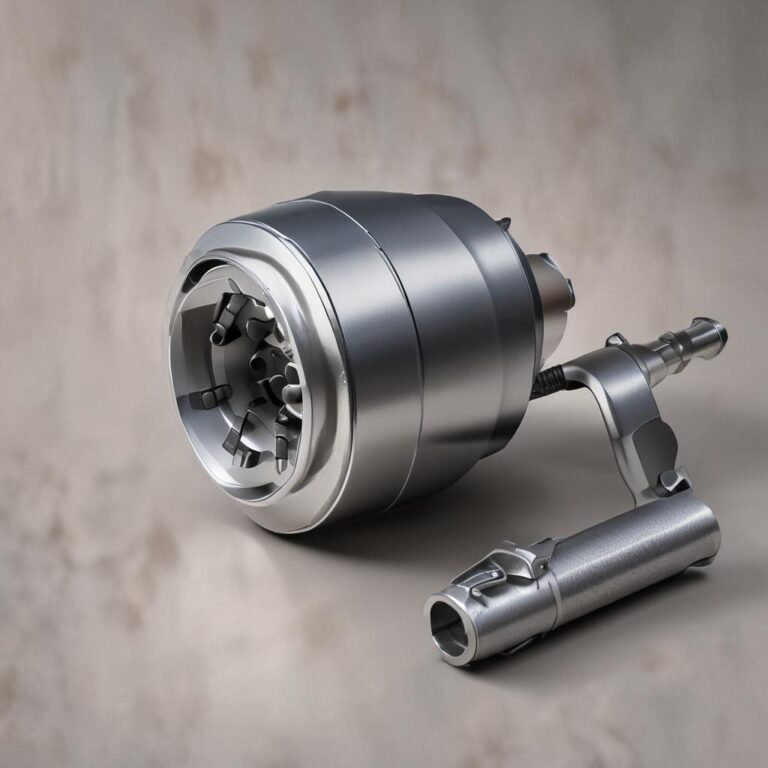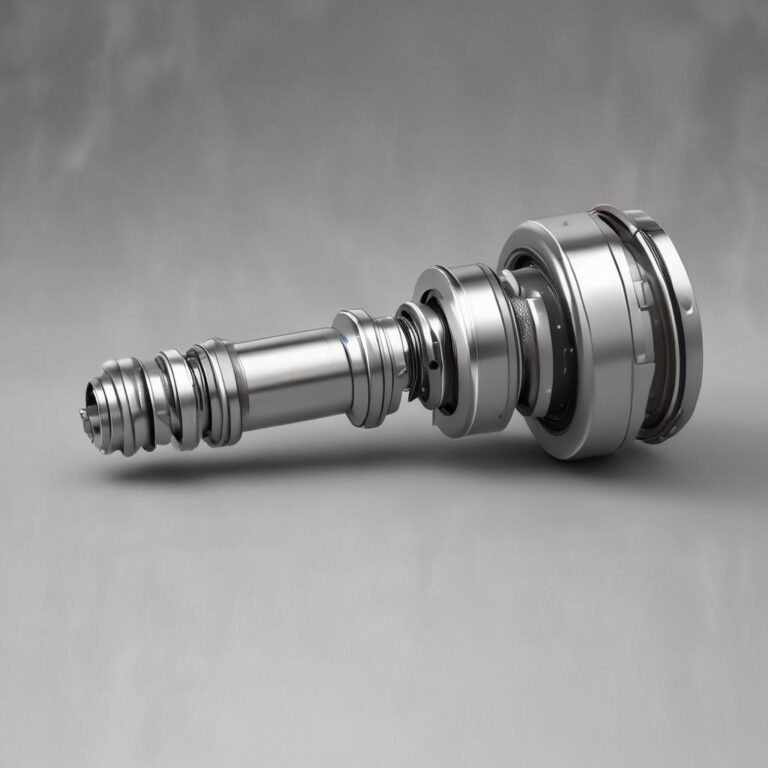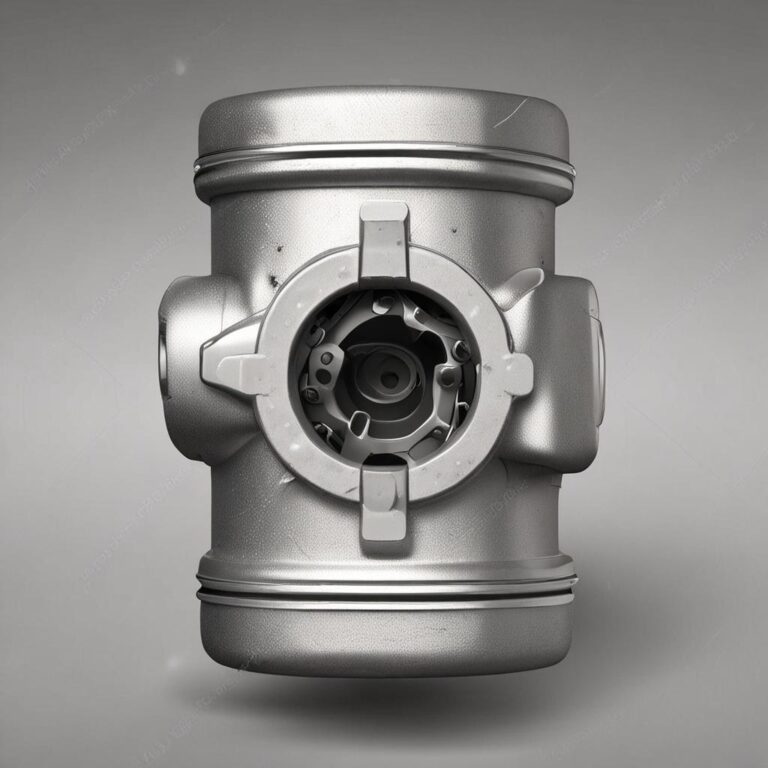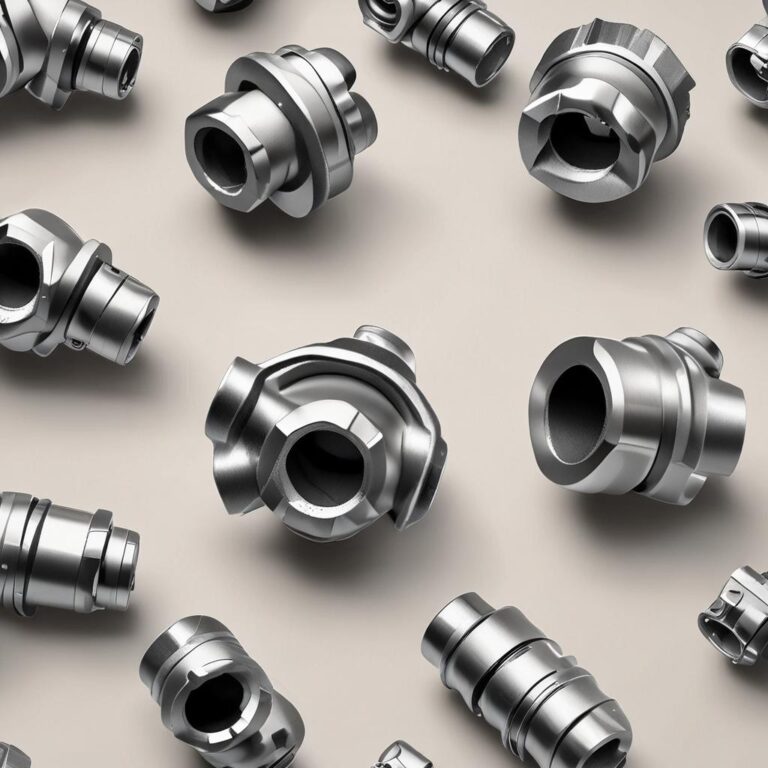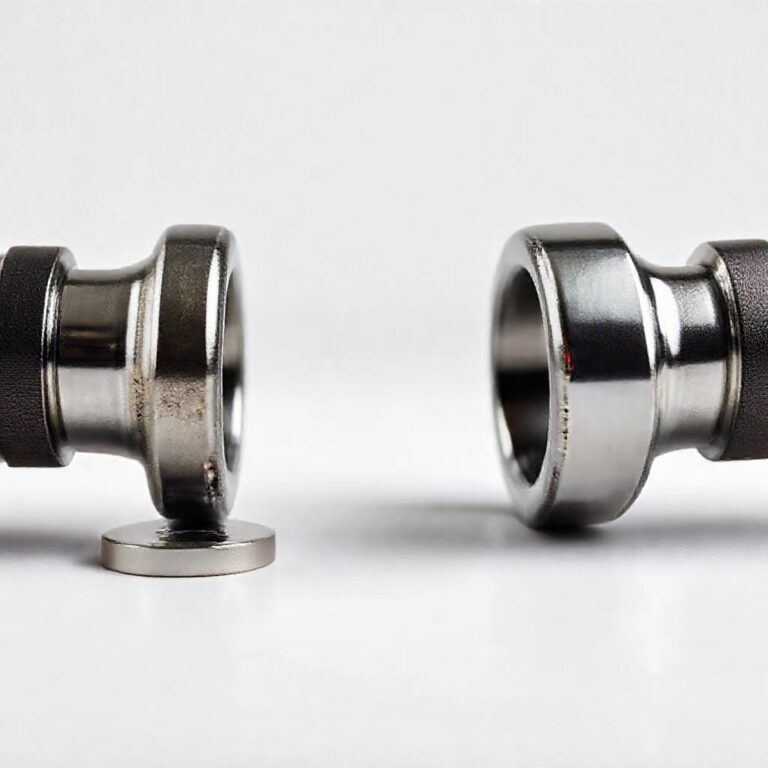Universal Joint Socket Purpose
The universal joint socket is a pivotal component in the world of mechanical engineering, often working behind the scenes to ensure smooth operation in various systems. From the family car to heavy-duty industrial machinery, this modest-looking part plays a critical role in transmitting power and motion. Understanding its purpose and function is key to appreciating its significance. Let’s delve into the world of universal joint sockets and explore their essential role in modern mechanics.
Introduction to Universal Joint Sockets
The universal joint socket is an essential component in a wide array of mechanical systems, most notably in automotive and industrial applications. Its primary purpose is to facilitate the transfer of rotational motion between two shafts that are not aligned in a straight line. This allows for flexibility and adaptability in systems where components cannot be perfectly aligned.
The concept of universal joints dates back centuries, with early examples found in ancient machinery. Over time, these joints have been refined and improved, leading to the sophisticated designs we see today. These advancements have significantly enhanced the efficiency and reliability of mechanical systems.
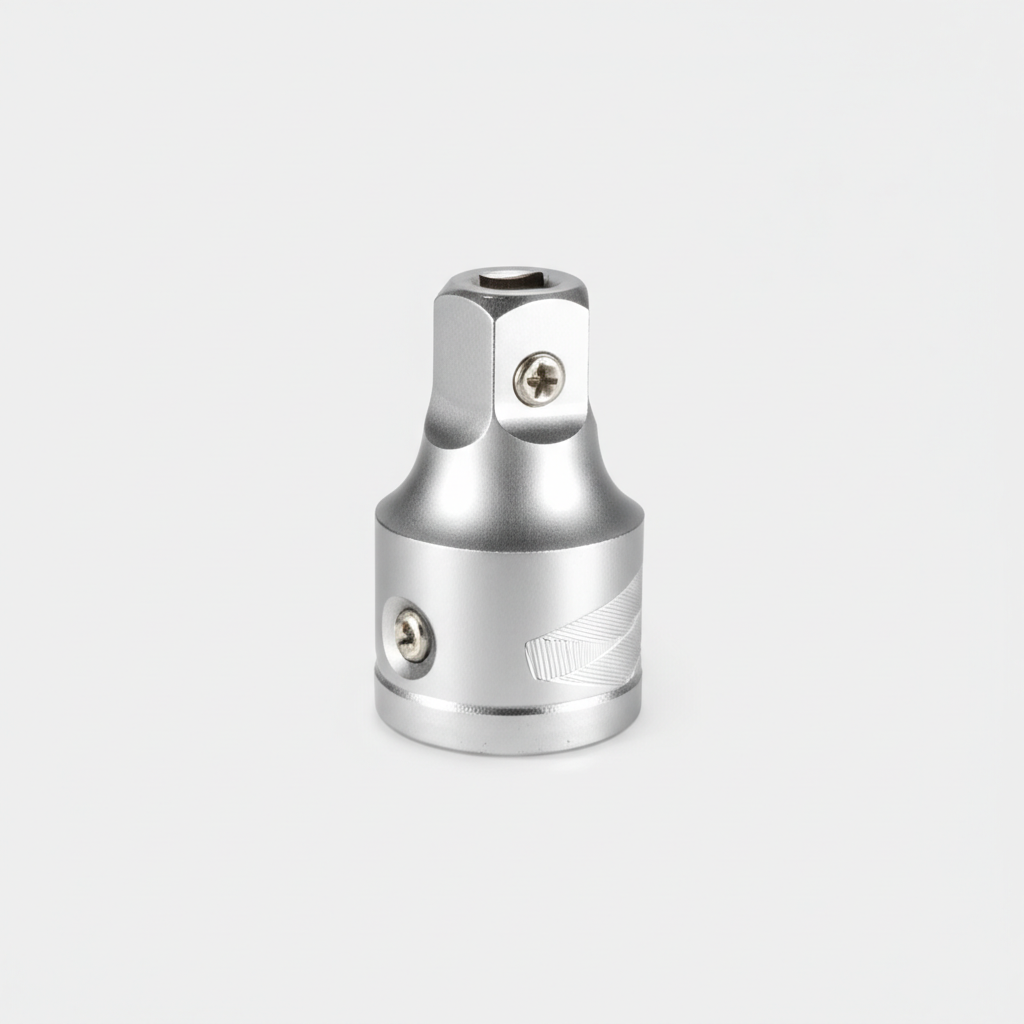
Understanding Universal Joints
Definition and Functionality
A universal joint, also known as a U-joint, is a mechanical device that allows rotational motion to be transmitted between two shafts that are at an angle to each other. It achieves this by using a combination of hinges and yokes that compensate for the misalignment. This makes it possible to transfer power even when the shafts are not perfectly aligned.
The basic principle of the universal joint is to maintain a consistent transfer of rotational force, even as the angle between the shafts changes. This is particularly important in drivetrain systems, where the engine’s power needs to be transmitted to the wheels, regardless of the vehicle’s orientation or terrain.
Types of Universal Joints
Several types of universal joints are available, each designed for specific applications and performance requirements. The most common types include single, double, and constant velocity (CV) joints. Each type has its unique advantages and limitations, making it suitable for different purposes.
- Single Universal Joints: These are the simplest type and are commonly used in low-speed, low-angle applications. They are relatively inexpensive but can cause speed fluctuations at higher angles.
Purpose of Universal Joint Sockets
Enhancing Flexibility
Universal joint sockets significantly enhance the flexibility of mechanical systems. By allowing rotational motion to be transferred at varying angles, they enable the design of systems that can adapt to changing conditions. This is especially critical in applications where perfect alignment is impossible or impractical.
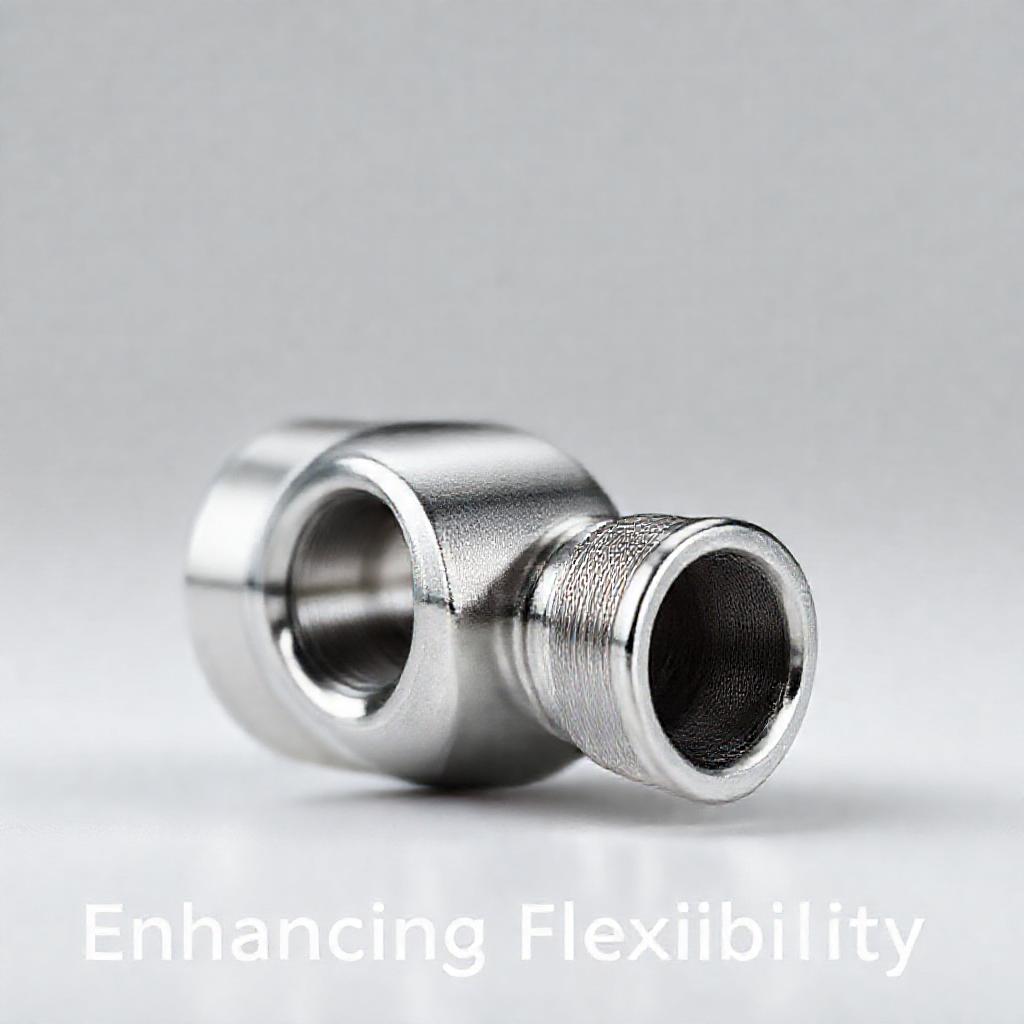
Consider off-road vehicles that need to navigate uneven terrain. The universal joint sockets in their drivetrain allow the wheels to move independently while still receiving power from the engine. This flexibility is essential for maintaining traction and control in challenging environments.
Reducing Wear and Tear
The use of universal joint sockets helps to reduce wear and tear on connected components. By accommodating misalignment, they minimize the strain on shafts, bearings, and other parts of the system. This contributes to the overall longevity and reliability of the machinery.
Without universal joints, the stress caused by misalignment would lead to premature failure of critical components. By allowing for smooth rotation and minimizing unnecessary strain, universal joints play a vital role in extending the lifespan of mechanical systems.
Applications of Universal Joint Sockets
Automotive Applications
In the automotive industry, universal joint sockets are indispensable components in vehicles ranging from cars and trucks to off-road vehicles. They are primarily used in the drivetrain to transmit power from the engine to the wheels. Their presence ensures that the vehicle can navigate various terrains without losing power or control.
For example, in rear-wheel-drive vehicles, universal joints are used in the driveshaft to connect the transmission to the rear axle. In four-wheel-drive vehicles, they are used in multiple locations to ensure that all wheels receive power, even when the vehicle is articulating over rough surfaces.
Industrial Applications
Universal joint sockets have numerous applications in industrial settings. They are commonly found in manufacturing machinery, conveyor systems, and other equipment where rotational motion needs to be transferred at angles. Their versatility makes them essential for a wide range of industrial processes.
For instance, in conveyor systems, universal joints are used to connect sections of the conveyor that are not perfectly aligned. In manufacturing machinery, they are used to transmit power to tools and components that need to operate at varying angles. This ensures smooth and efficient operation of the equipment.
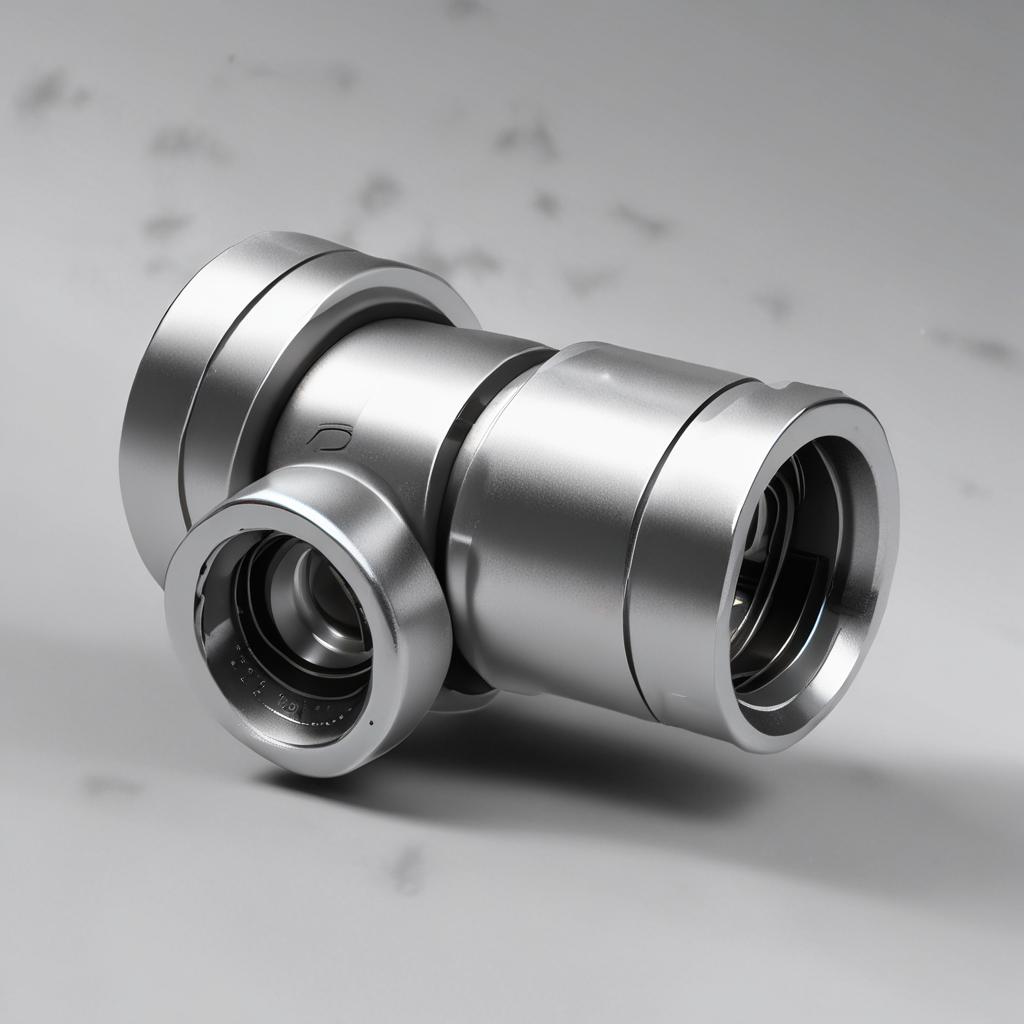
Maintenance and Repair
Identifying Issues
Identifying issues with universal joint sockets early is crucial for preventing more significant problems. Common issues include wear, misalignment, and corrosion. Recognizing the symptoms of failing universal joints can help in scheduling timely maintenance and repairs.
Symptoms of a failing universal joint often include vibration, noise (such as clicking or clunking), and a decrease in system performance. These signs indicate that the joint is worn or damaged and needs to be inspected and potentially replaced.
Replacement and Maintenance Tips
Proper replacement and maintenance are essential for ensuring the long-term performance of universal joint sockets. Selecting the right replacement parts, using proper installation techniques, and following a regular maintenance schedule can significantly extend the lifespan of the system.
When replacing a universal joint, it is important to choose a high-quality replacement that is compatible with the specific application. Proper installation techniques, such as using the correct torque settings and lubricating the joint, are also critical. Regular maintenance, including lubrication and inspection, can help prevent premature wear and ensure reliable operation.
Conclusion
Universal joint sockets are undeniably vital and versatile components in mechanical systems. Their primary purpose of facilitating the transfer of rotational motion between misaligned shafts offers numerous benefits, including enhanced flexibility and reduced wear and tear. Their widespread use in automotive and industrial applications highlights their indispensable role in modern technology.
Looking ahead, advancements in materials and design may lead to even more efficient and durable universal joint sockets. These improvements will further enhance the performance and reliability of mechanical systems, ensuring their continued importance in the future.
FAQ
- What is the primary purpose of a universal joint socket?
The primary purpose is to facilitate the transfer of rotational motion between two shafts that are not in a straight line, allowing for flexibility and reducing strain on the system.
- How often should universal joint sockets be maintained or inspected?
The frequency of maintenance or inspection depends on the application and usage. Generally, regular checks should be performed, especially in high-stress environments or after a significant number of operational hours.
- Can universal joint sockets be used in high-speed applications?
Yes, certain types of universal joints, such as constant velocity joints, are designed for high-speed applications and can maintain rotational speed and torque without significant loss of efficiency.
- What are the symptoms of a failing universal joint socket?
Symptoms include vibration, noise, and a decrease in system performance. In severe cases, failure can lead to complete loss of rotational motion and system failure.
- Are universal joint sockets interchangeable between different applications?
Generally, no. Universal joint sockets are designed for specific applications and may not be suitable for use in other systems due to differences in size, material, and operational parameters.


